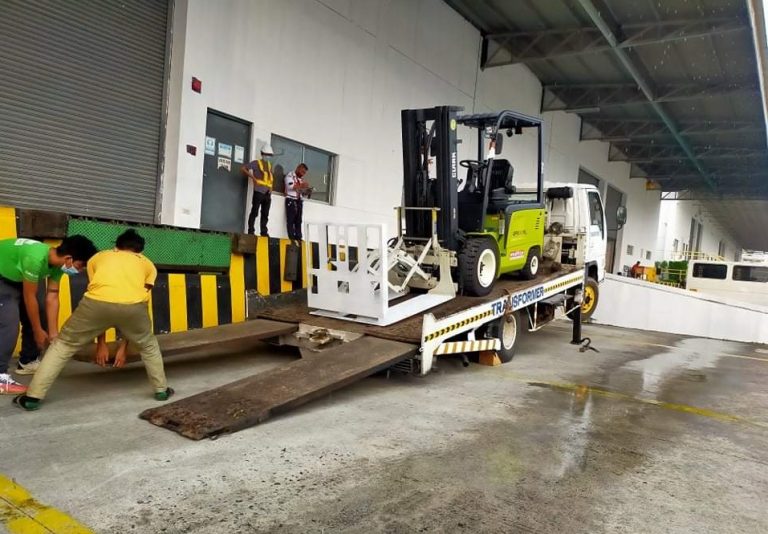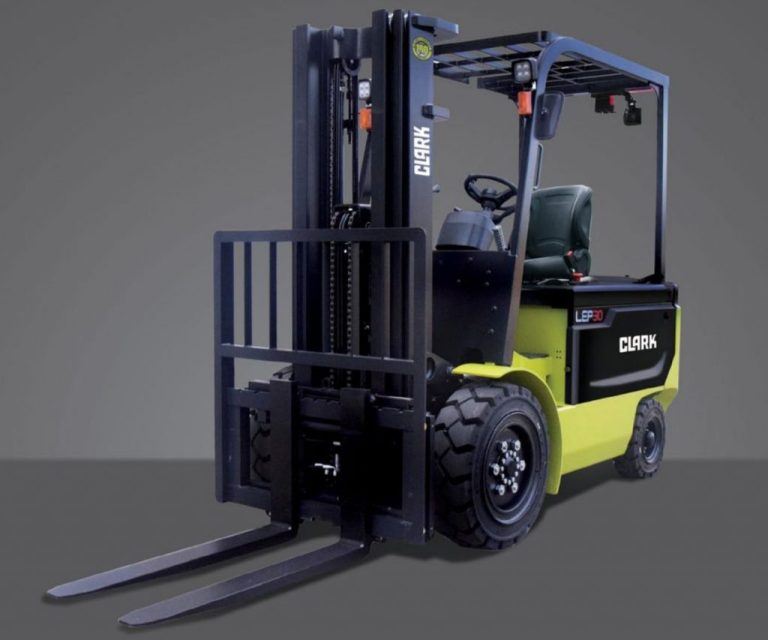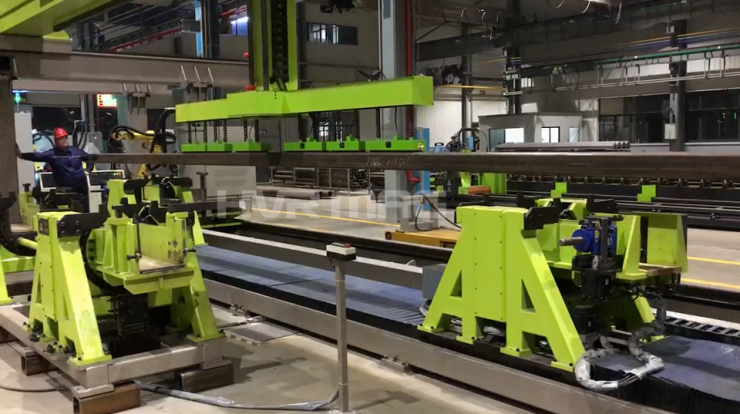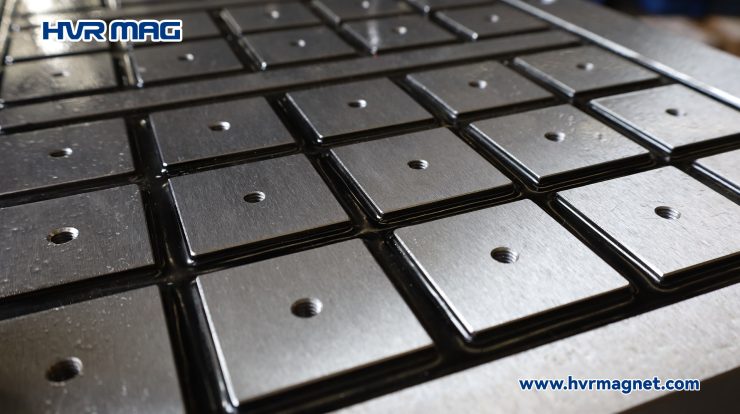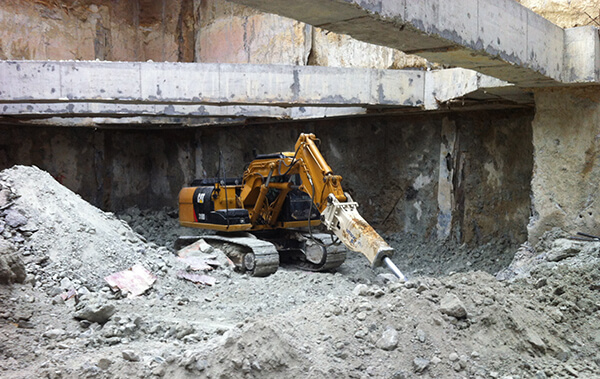Working Mechanism Of An Excavator- Excavator Magnet Attachment
A Brief Review About The Working Mechanism Of An Excavator
As we all know that the excavator is the most vital heavy Construction machinery and very valuable equipment in the construction field. But when you are going to buy an used track excavator you should know about the working mechanism of its parts and their functions. Read the below article for a brief guide on how these vital parts of construction equipment work.
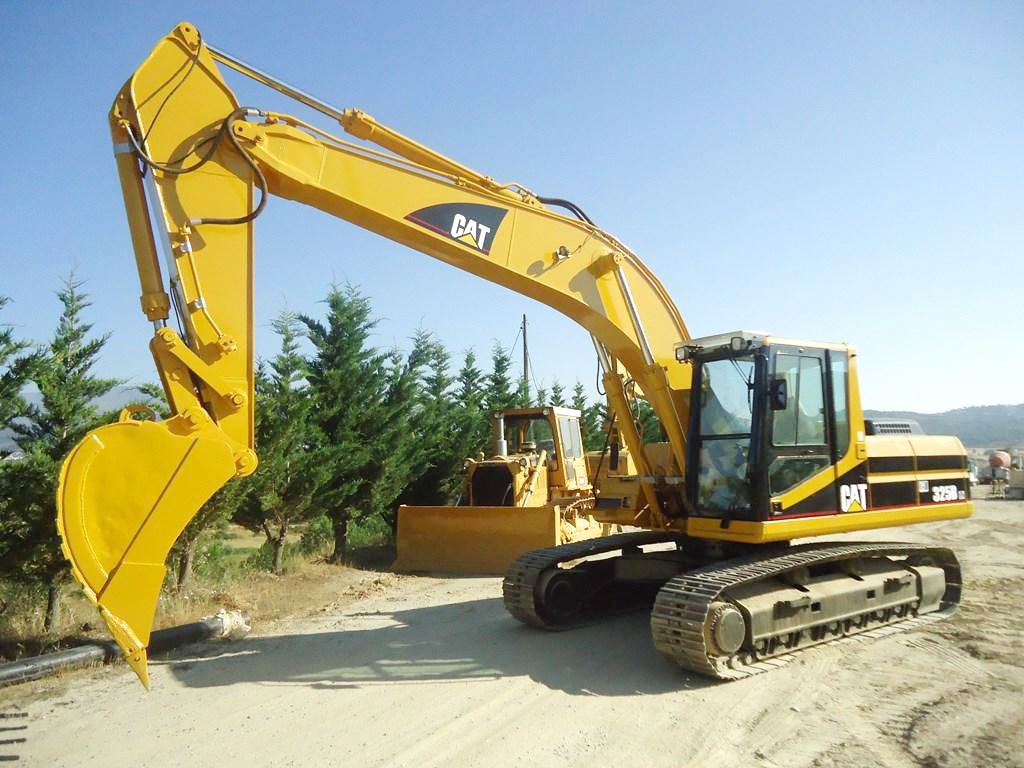
The Powerful Engine Of An Excavator
Recent excavators are controlled by diesel engine and these engines are frequently the option for the construction machines because they can create advanced horsepower that petrol equivalents are also more competent. Diesel engines can change up to 15 per cent extra fuel power into mechanical power than petrol engines. Additionally, they are additional strongly built, using extra heavy-duty pieces and as an outcome has a longer life of the engine.
The engine in the equipment controls both the tracks that the excavator moves on, as well as the hydraulic motors for raising and expanding the arm or boom that the bucket is connected to. All of the energy for operating the excavator arrives from the diesel engine, and the organizers for operating it are placed in the cab. Usually, the arrangement of pedals and levers present in the cab that the machinists use to move each track forward or backward, as well as organized for the excavator’s arm.
The Function Of An Arm/Boom
As declared above, the arm of the machine lifts and expands the bucket at the end to assist the digging and moving of objects. Now comes to the second part the arm and it is occasionally called as boom, is connected to the lower part of the chassis, and is commonly built with the three hydraulic pistons with chromed steel piston arms.
The two major segments of the arm are combined with a turning point, the ‘elbow’ of the excavator’s arm. One piston is connected to every part of the arm. When the piston closes with the excavator, it expands than the rod pushes against the arm and lifts it. The next arm’s piston contracts or enlarges, which lifts or lowers the second part to permit more reach. An extra piston helps to move the bucket on the end, and is used to form the arm scoop and excavate with the bucket.

The Tracks Of An Excavator
Now comes on the tracks, which is on the undercarriage are attached into place, and are built around gears that are revolve by the power obtained from the drive shaft that is joined to the engine. In that case, when both tracks are connected and in gear, the excavator moves onward or backward in a direct line. If you want to turn the excavator, you have to stop one track on one side. If you want to turn the machine on the spot, one track should be in onward gear, and the other one is in reverse gear. To do this, the excavating machine needs separate drive methods for each track; this requirement makes the transmission more difficult.
Several models of excavator are built with a revolving cab that can revolve a full 360 degrees. This method needs another hydraulic motor to control it, which is again receiving power from the vehicle’s diesel engine.
Due to these qualities and potentialties many companies started doing business and providing used track excavators for sale.

